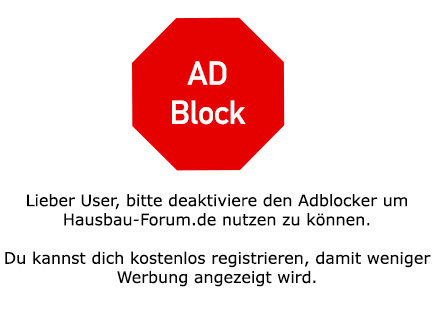Tangolady
2024-06-09 11:10:27
- #1
Unfortunately, sellers only tell positive things. When I decided on a fireplace from biofire, I was told that the air passes through the masonry chamotte bricks from the firebox and heats them up. The stove provides 12 hours of heat with one firing. However, I have rented out the house where this fireplace is installed and never thought that tenants would come up with the idea of heating with this fireplace in winter instead of the underfloor heating. I live in Switzerland, and according to fire protection regulations, not only the tenant but also the owner is obligated to ensure maintenance, etc. Because the tenants fired up the fireplace almost daily during the winter months, I googled the service life of chamotte bricks and found out that these are wear parts. In a firebox, chamotte bricks can be replaced without problems, but the masonry chamotte bricks would require a rebuild of the fireplace, which is associated with many costs. Does anyone know the system and can tell me if the air spaces can be well cleaned by the chimney sweep? I am having an inspection done with a camera; at the moment, the chimney sweep is on vacation. I am glad that I found someone who has an inspection license for fire protection and a camera. Do the masonry chamotte bricks last longer than the specified service life (I have read about 15 years), i.e., do the masonry chamotte bricks last longer than those in the firebox? The previous tenants very rarely fired up during a cold snap, but the current situation is that the actual value is considered; the tenants do not have to pay damages; the house is 20 years old. I built the fireplace for cold snaps during the transitional season and for very special days in winter and not to be used daily instead of the underfloor heating. The fireplace has more installed chamotte bricks than shown in the sketch attached. Because the luxury of providing 12 hours of heat is great, the fireplace is being misused.
